
Toëno
Trébeurden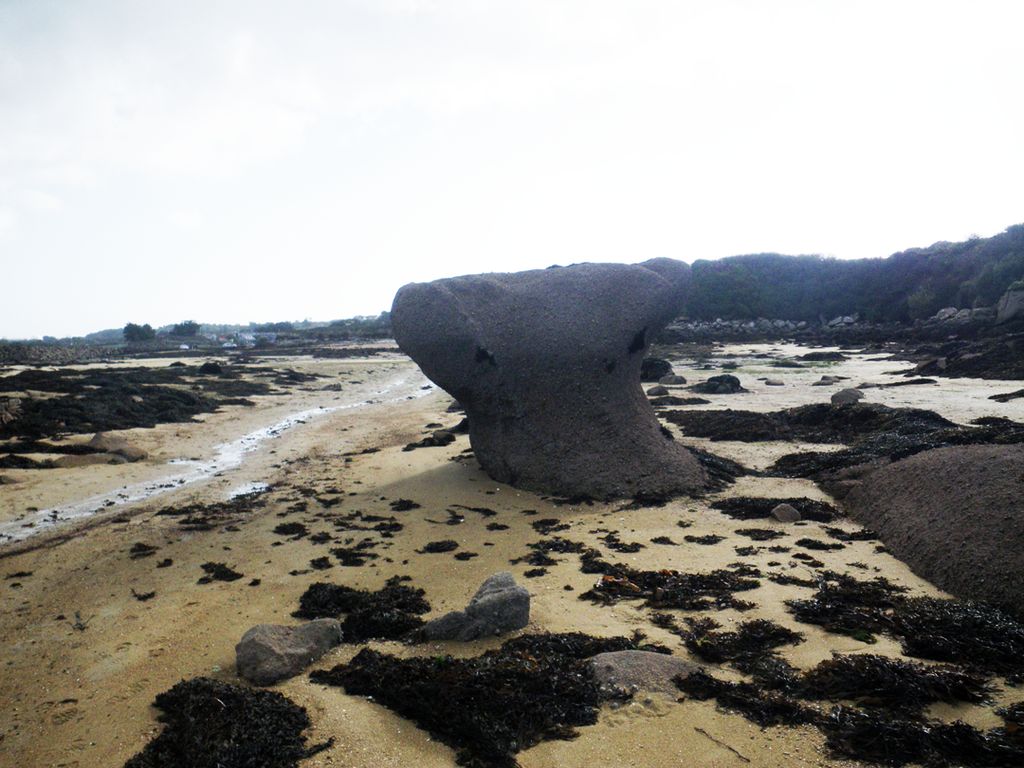
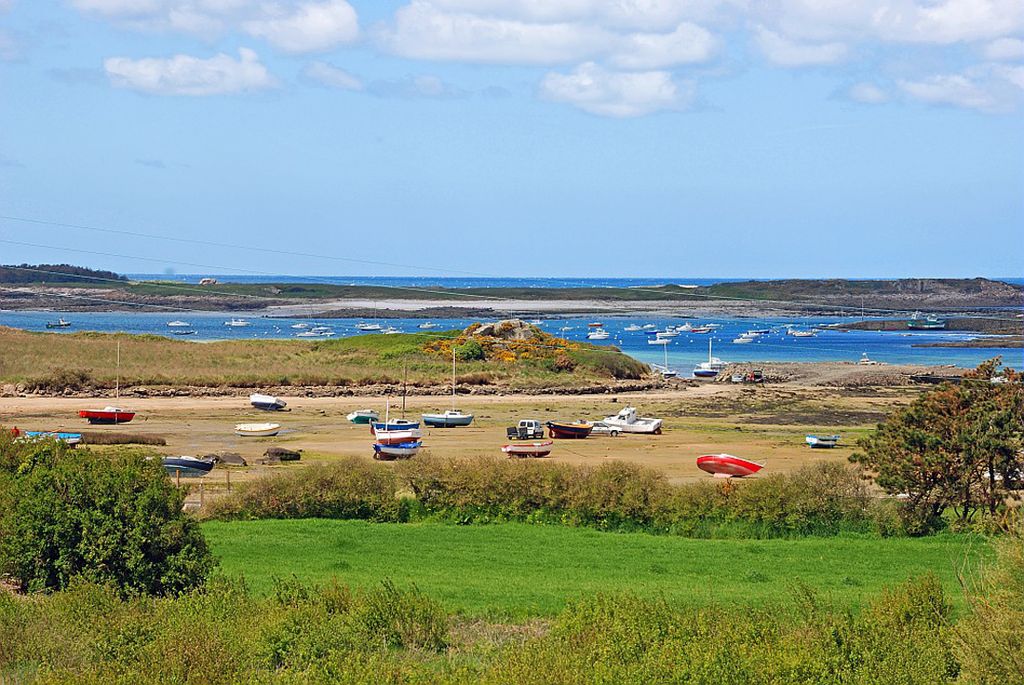
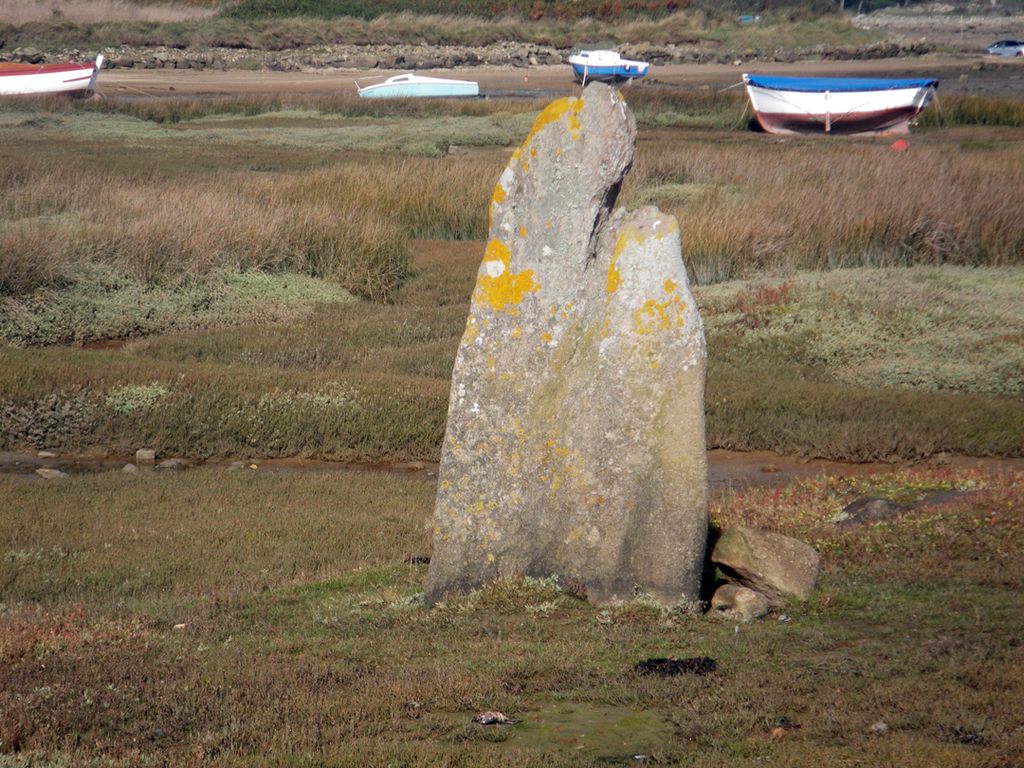
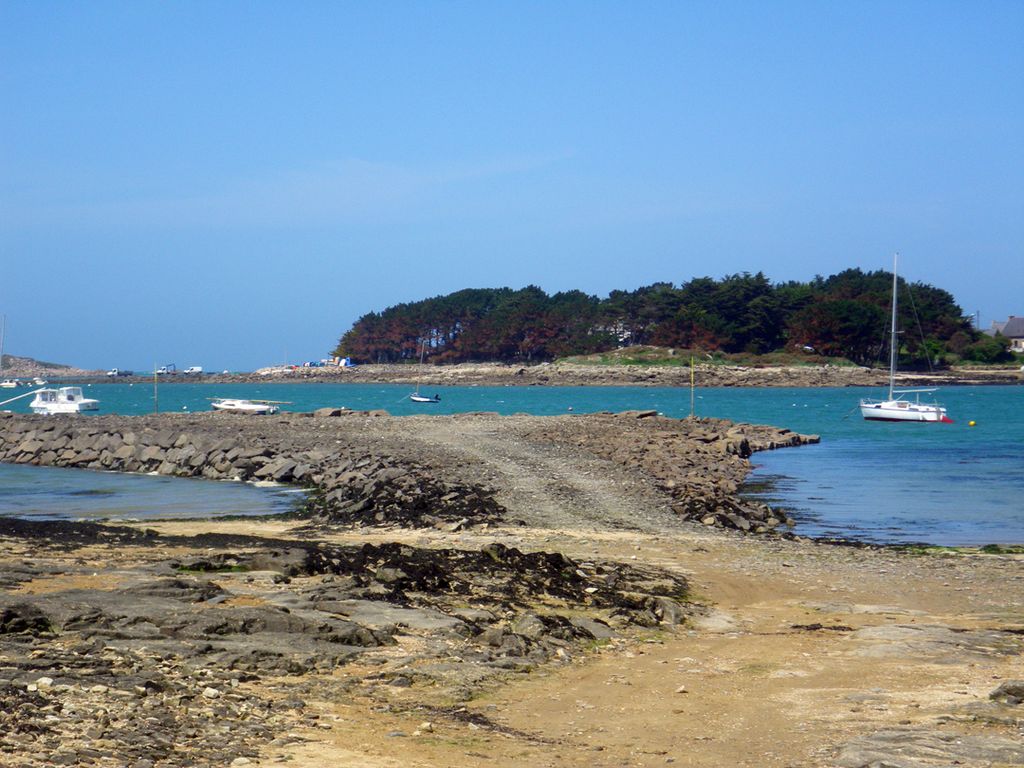
About
The Toëno area, which shows evidence of the granite extraction work of the nineteenth and twentieth centuries, is also a marshland of outstanding ecological value. If you visit at low tide, you will probably see people gathering shellfish on the foreshore. When the area was being mined, the quarrymen would extract bluish-grey granite from the large mound and transport it to the ports on the Channel by barge.
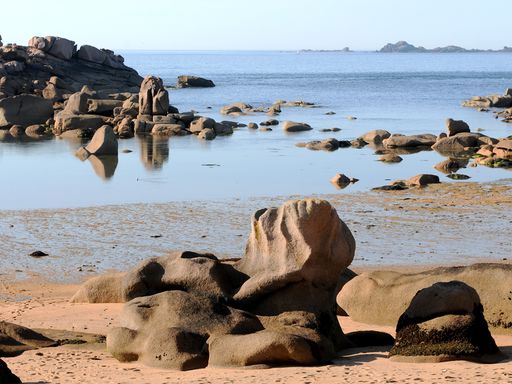

Île Renote
Trégastel
Formerly an island, Île Renote was joined to the mainland in 1895 by construction of a road, forming a peninsula. It has an exceptional geological and human history. Inhabited for 5,000 years, it...  See
See
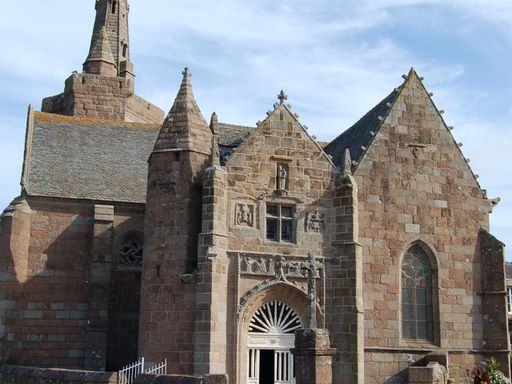

La Clarté Chapel (Itron Varia Ar Sklerder)
Perros-Guirec
Classified as a historic monument and containing some architectural treasures, Notre Dame de la Clarté is not to be missed. Dating from the fifteenth century and finished in the eighteenth century,...  See
See
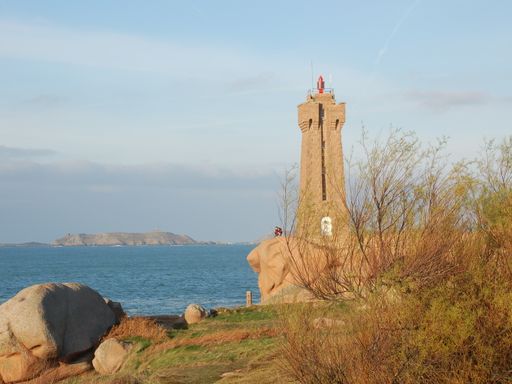

Ploumanac‘h lighthouse and rocks
Perros-Guirec
The pink granite lighthouse stands in the middle of the chaotic rock formations formed by the erosion of cooled magma then shaped by the rain, salty sea spray and wind. Its name, "phare de Mean Ruz",...  See
See
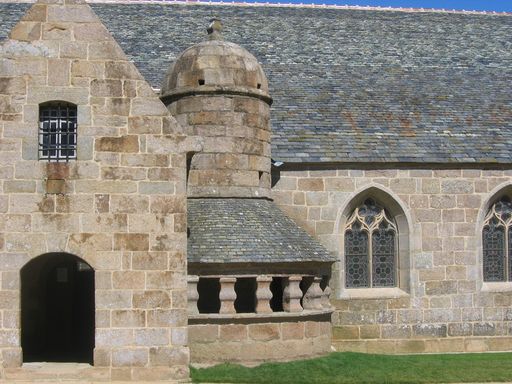

The Village
Trégastel
This church was built in several stages. The original building, dating back to between the twelfth and thirteenth centuries, was modified several times over the centuries. In the seventeenth century,...  See
See



